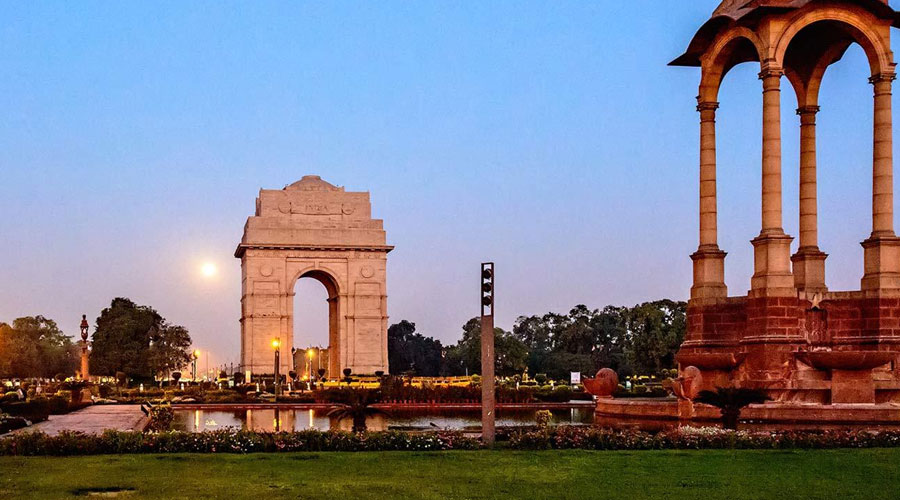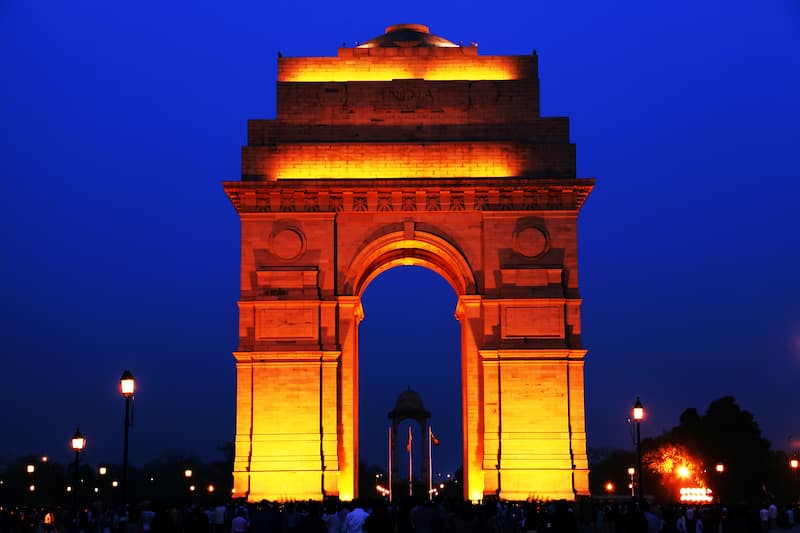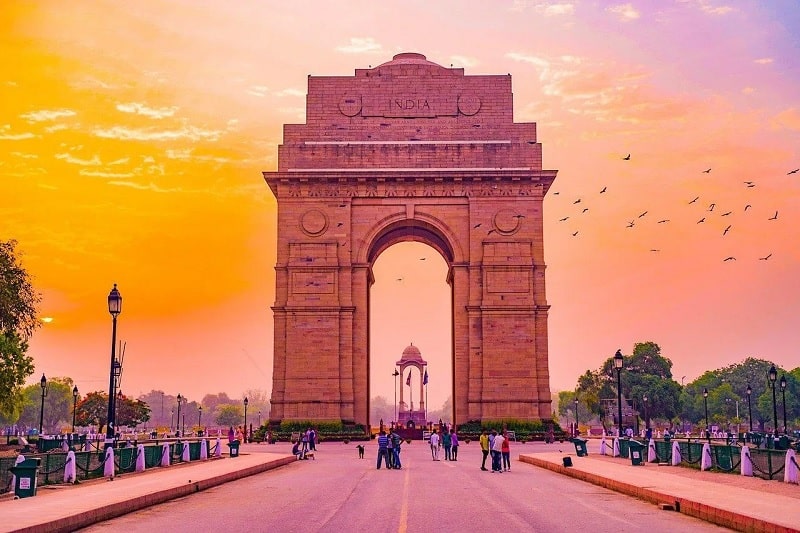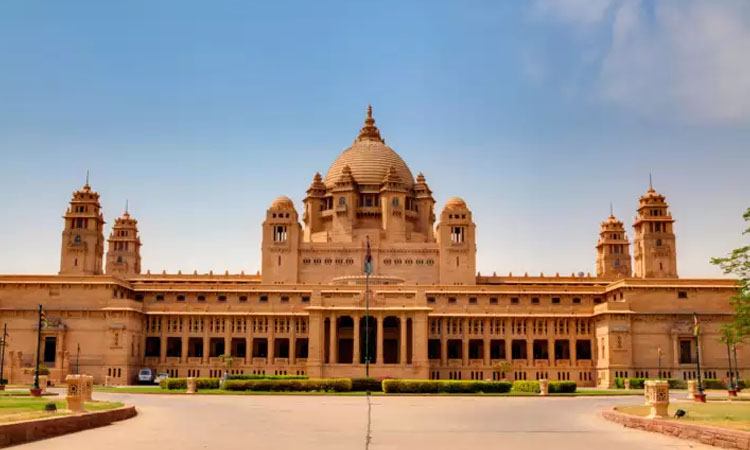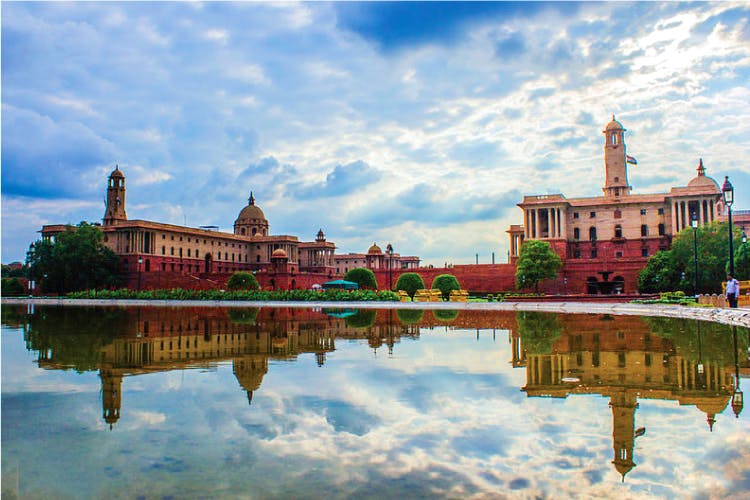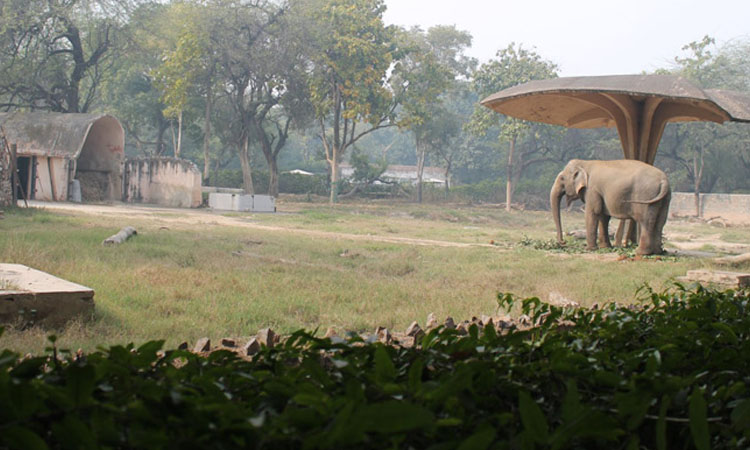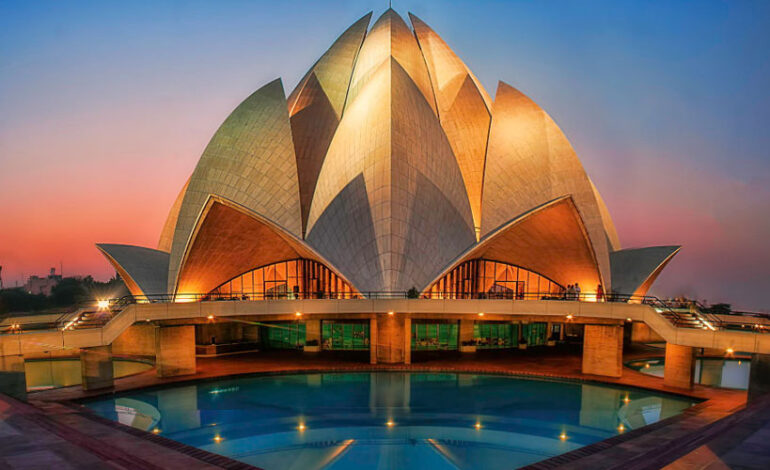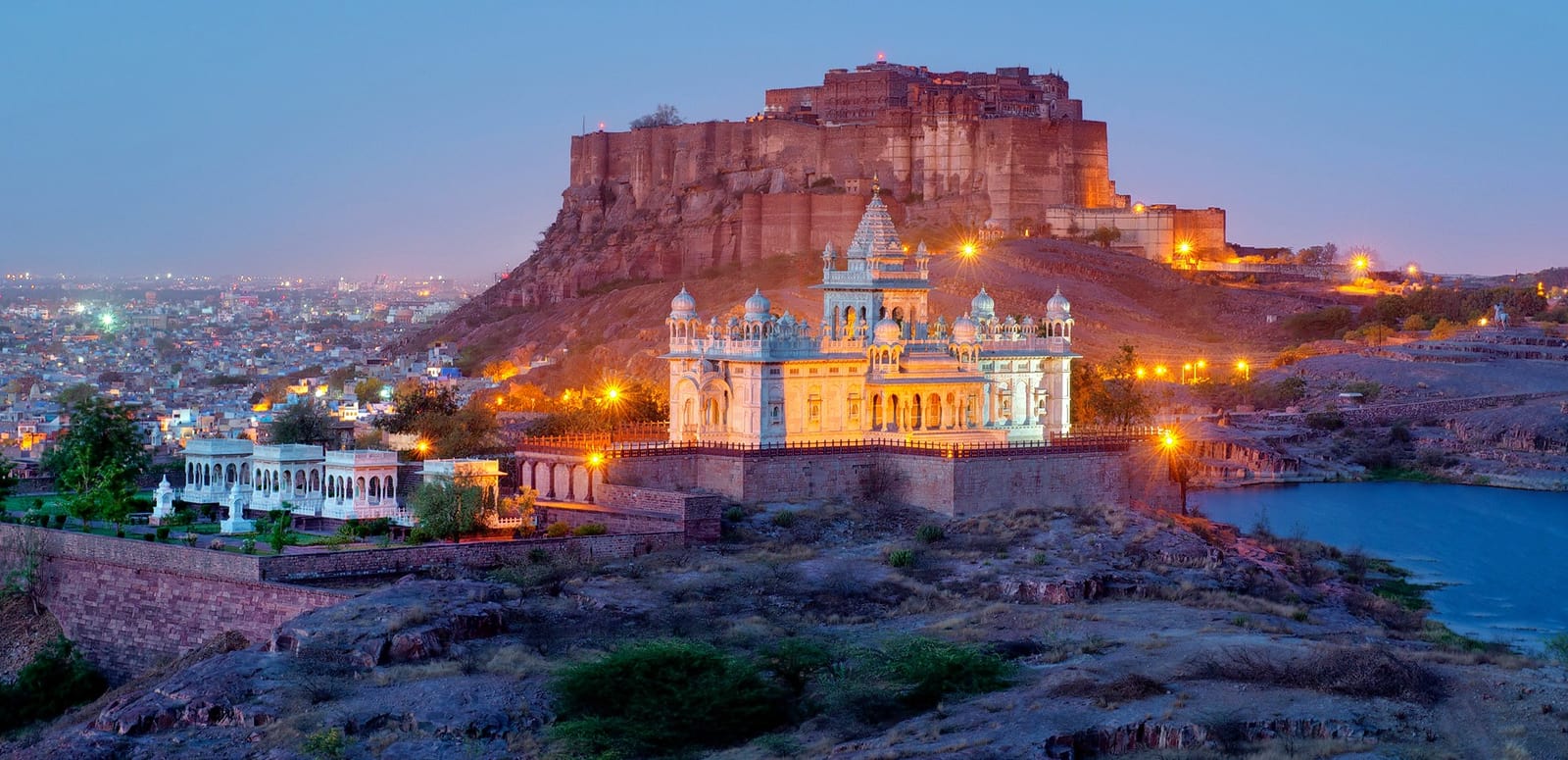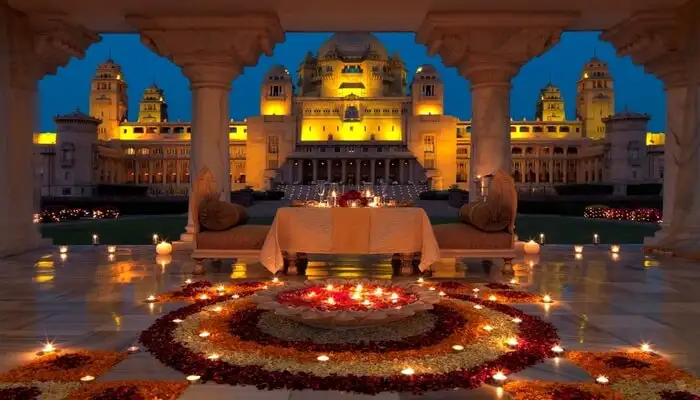India Gate
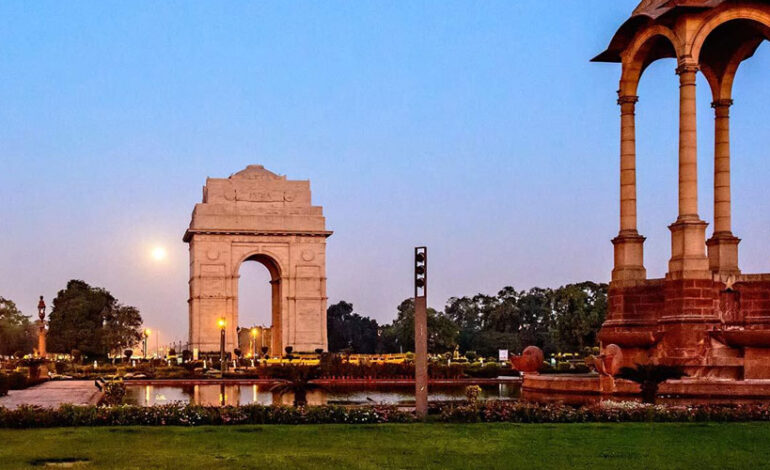
The All India War Memorial, popularly known as the India Gate, is located along the Rajpath in New Delhi. The imposing structure of India Gate is an awe-inspiring sight and is often compared to the Arch de Triomphe in France, the Gateway of India in Mumbai and the Arch of Constantine in Rome. This 42-meter tall historical structure was designed by Sir Edwin Lutyens and is one of the largest war memorials in the country.
India Gate symbolizes the valor and sacrifice of Indian soldiers who fought and died for the British Empire during World War I and the Third Anglo-Afghan War. It has since become a symbol of national pride and remembrance for all Indian soldiers who have sacrificed their lives in various conflicts. The area around India Gate is now a popular hangout spot for both locals and tourists, offering a large open lawn where people gather, especially in the evenings. The canopy around the monument provides shade and benches for visitors to relax and enjoy the surroundings.
The best time to visit Delhi is from October to March when the weather is at its best. During this period flowers are at their blooming best, the weather is pleasent and enjoyable to experience Incredible Delhi.
Travel outstation from Delhi to Agra in a comfortable cab for around ₹3014. Prices may vary depending on traffic and other factors. Delhi to Agra Distance 243km and Delhi to Vrindavan 181.6km.
The nearest metro station to India Gate is Central Secretariat Metro Station that falls on the Yellow Line.
India Gate is the site of various ceremonial events, particularly on important national holidays like Republic Day (January 26) and Independence Day (August 15). The Amar Jawan Jyoti (the Flame of the Immortal Soldier), a memorial under the arch of India Gate, burns continuously as a tribute to Indian soldiers. India Gate remains an enduring symbol of India’s rich history, valor, and the spirit of unity and sacrifice among its armed forces. It holds a special place in the hearts of Indians and continues to attract visitors from all over the world.
Rashtrapati Bhavan
Located on the western end of the Rajpath in New Delhi, the Rashtrapati Bhavan is the official residence of the President of India. It was originally built with the intent of serving as the Viceroy’s House. Rashtrapati Bhavan is a vast structure with 340 rooms spread over four floors. It includes the President’s official residence, guest rooms, offices, and reception halls. The building covers an area of over 200,000 square feet and is surrounded by Mughal Gardens, which are open to the public during certain times of the year.
Originally built to house the British Viceroy during the colonial era, it became the residence of the President of India after independence in 1950. The inauguration of Rashtrapati Bhavan marked the transfer of power from British to Indian authorities. Rashtrapati Bhavan is located on Raisina Hill in New Delhi, India. It stands at the heart of the city, overlooking the grand Rajpath and surrounded by sprawling gardens.

